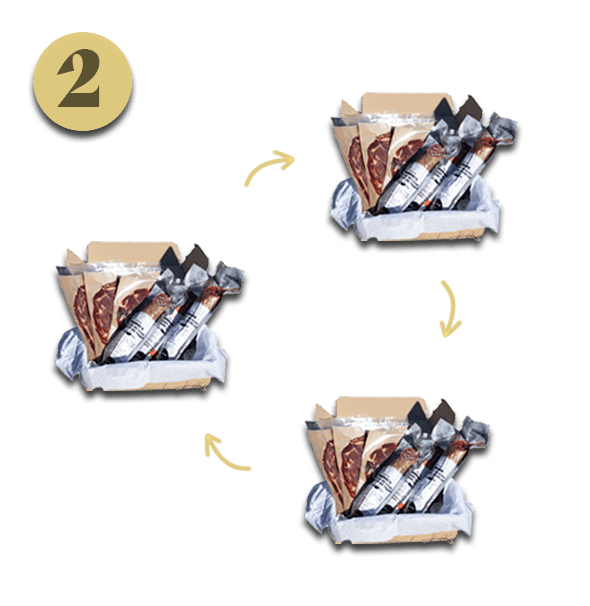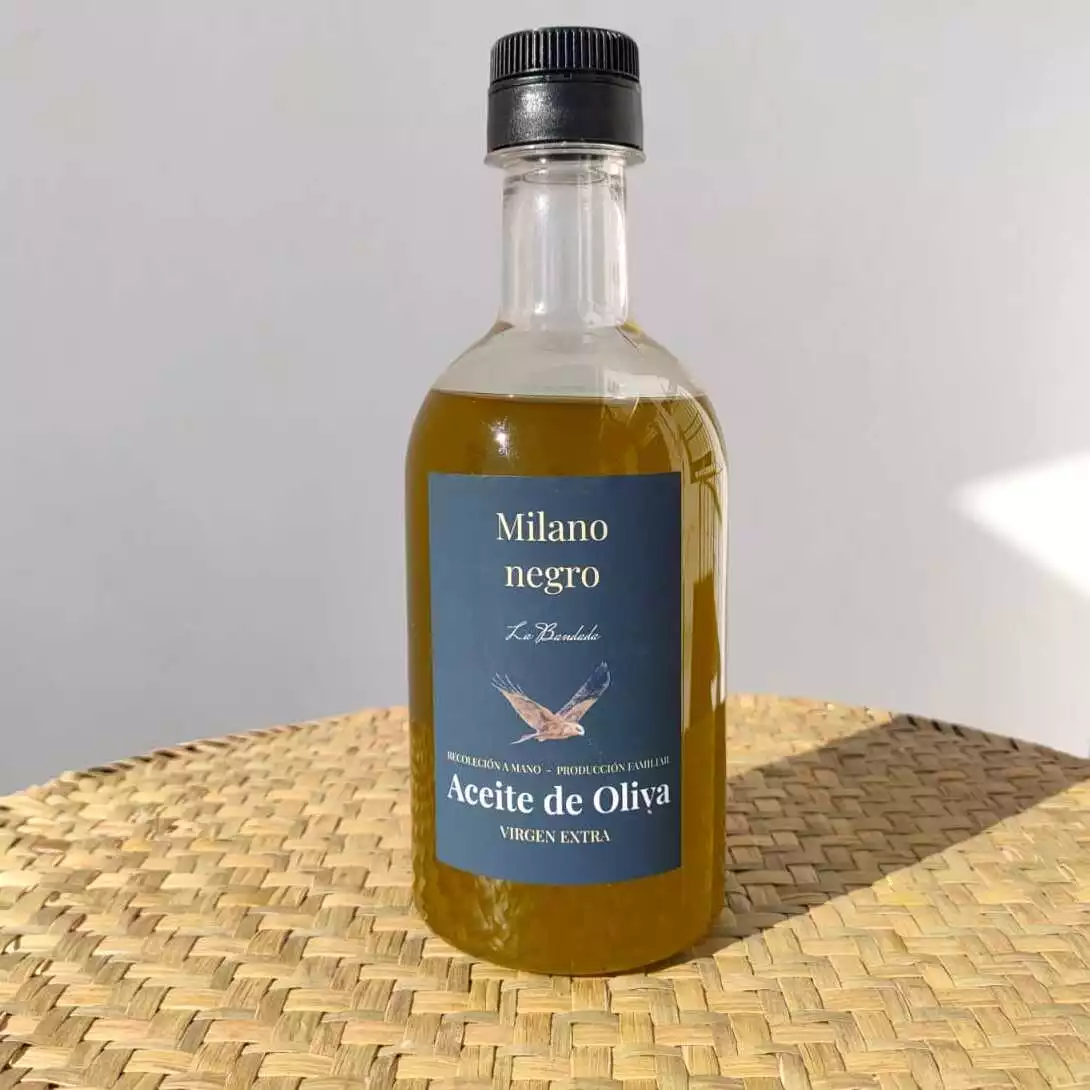Olive Oil
Olive oil is a liquid fat obtained from the fruit of the olive tree. It is widely used as a cooking oil, as well as in salads, sauces, and marinades. Olive oil is also used in cosmetics, soap, and pharmaceuticals. The oil is composed of primarily monounsaturated fatty acids and is a good source of antioxidants, making it a healthy choice for cooking and in food. The quality of olive oil is determined by factors such as the method of extraction, the type of olives used, and the level of acidity, with extra virgin olive oil being the highest quality.

GOURE Journal: Olive Oil

FAQ: Olive Oil
What is ‘Extra Virgin’ olive oil?
Extra Virgin olive oil is the highest quality and purest form of olive oil, obtained from the first cold pressing of the olives and without any chemical treatment. It has a fruity taste and a strong aroma, with low levels of acidity (less than 0.8%).
What are the different types of Olive Oil?
There are several types of olive oil, including:
- Extra Virgin Olive Oil: highest quality, cold-pressed, no chemicals used.
- Virgin Olive Oil: similar to extra virgin but with higher acidity levels.
- Pure Olive Oil: a blend of cold-pressed and processed oils with a mild flavor.
- Light Olive Oil: not a lower calorie option, but lighter in color and milder in flavor due to further refining.
- Olive Pomace Oil: made from the pulp, seeds and skins left after pressing.
- Lampante Oil: not fit for consumption, often refined to make other olive oil varieties.
How is virgin olive oil produced?
Virgin olive oil is produced through mechanical methods only, without the use of heat or chemicals. The process involves:
- Harvesting: olives are picked by hand or with mechanical means.
- Cleaning: the olives are cleaned of leaves, twigs, and debris.
- Grinding: the olives are ground into a paste using large stones or metal blades.
- Malaxation: the paste is mixed for about 30 minutes to allow the oil droplets to coalesce.
- Separation: the oil is separated from the water and solids through centrifugation.
- Filtering: the oil is filtered to remove any remaining impurities.
This process results in virgin olive oil with a maximum acidity level of 2%.
Where is extra virgin olive oil produced?
Extra virgin olive oil is produced in many countries around the world, with some of the largest producers being:
- Italy
- Spain
- Greece
- Portugal
- Turkey
- Tunisia
- Morocco
- Syria
- Jordan
- Palestine
Other countries that produce extra virgin olive oil include Croatia, France, and Australia.
Is olive cultivation sustainable?
Olive cultivation can be sustainable, depending on the practices used by individual growers and the industry as a whole. Some sustainable practices in olive farming include:
- Water conservation: using drip irrigation systems and collecting rainwater to reduce water use.
- Soil conservation: planting cover crops to protect soil and reducing tillage.
- Integrated pest management: using natural predators and other methods to control pests, rather than chemicals.
- Renewable energy: using solar, wind, or other renewable sources to power farming operations.
However, some olive farming practices, such as monoculture planting and heavy pesticide use, can be harmful to the environment and reduce sustainability. By using sustainable practices and promoting responsible farming, the olive oil industry can help ensure its long-term viability.
Why does olive oil have a characteristic flavor?
Olive oil has a characteristic flavor due to several factors, including:
- Olive variety: different olive varieties have distinct flavor profiles, ranging from fruity to bitter to pungent.
- Ripeness: riper olives tend to produce oil with a milder flavor, while greener olives result in oil with a more intense taste.
- Terroir: the soil, climate, and other environmental conditions in the region where the olives are grown can affect the oil’s flavor.
- Processing method: the method used to produce the oil, such as the use of heat or chemicals, can alter the flavor.
Extra virgin olive oil is made from the first cold-pressing of the olives and has a fruity, pungent flavor due to the high levels of polyphenols and other flavor compounds. Other grades of olive oil may have a milder flavor due to further processing or the use of riper olives.
How to differentiate a good olive oil
To differentiate a good olive oil, you can consider the following factors:
- Taste: a good extra virgin olive oil should have a fruity, slightly bitter, and pungent flavor.
- Color: extra virgin olive oil should be green or yellow-green in color, while lower-grade oils may be lighter or yellowish.
- Aroma: a good extra virgin olive oil should have a strong, fresh aroma.
- Acid content: extra virgin olive oil should have an acidity level of less than 0.8%, as indicated on the label.
- Harvest date: look for oil that was harvested within the past 12 months and has a recent “best by” or expiration date.
- Certification: look for certifications such as the USDA Organic or the European Union Protected Designation of Origin, which indicate that the oil meets certain quality standards.
- Price: high-quality extra virgin olive oil is often more expensive than lower-grade oils, but be wary of suspiciously low prices.
It is also recommended to try the oil before purchasing it to get a sense of its flavor and aroma. You can also seek recommendations from trusted sources, such as specialty food shops or olive oil sommeliers.
Adopt a Olive Oil producer
La Bandada
José Antonio cultivates the same centuries-old mountain olive trees that were cultivated by his parents and before them, his grandparents. And so did many generations before them.
The road has not been easy. It is never easy to start a business in rural areas. The mountain olive grove needs constant attention and care throughout the year, which limits the time I can invest in marketing and publicising the product.
With your adoption you are helping José Antonio to preserve the tradition of cultivating centuries-old mountain olive trees without having to compete with or adapt to the rhythms of large industrial producers.
Three shipments of one litre of new harvest Organic Extra Virgin Olive Oil.
Formal invitation for two people to meet the Artisan
Access to the GOURE Private Club
From: 35,96 € every 4 months
How does an adoption work?

Choose your favorite artisan

Receive your products every 4 months

Follow the daily life of your adoption

Visit your artisan on his farm
What does it mean to adopt an artisan?



Receive a box with products made personally for you every four months. Know exactly how your food is made thanks to direct communication from the Artisan.
Obtain a double invitation to meet your Artisan in person, his farm and taste the products in his surroundings.
Become part of the Goure Private Club with exclusive access to new artisans and unique promotions.








